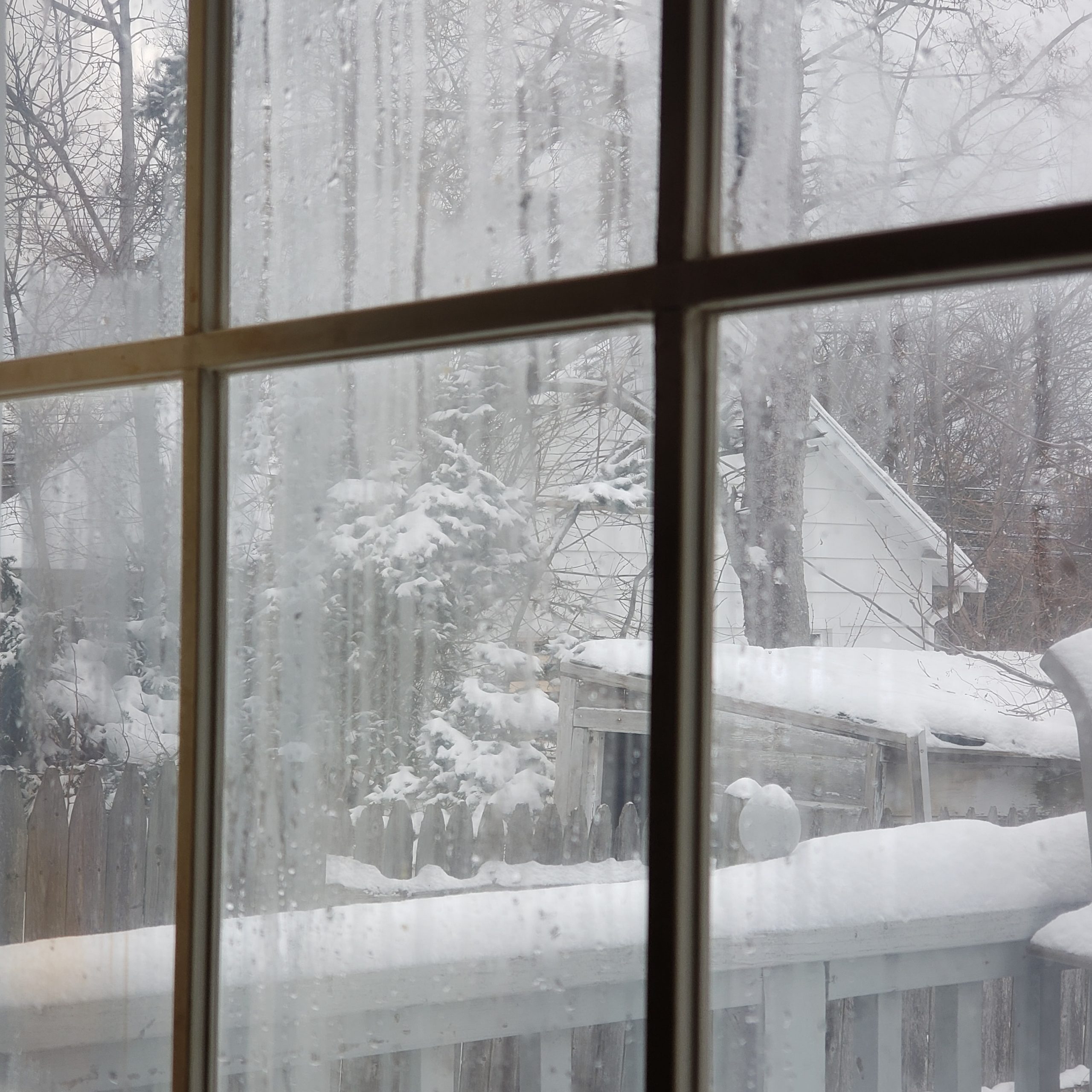Temperatures outside are freezing and the power is out… Now what?
By now, most of us have either heard about the winter storm that’s sweeping across the U.S., or are experiencing it firsthand. Times like this are a good reminder that we are not immune to the forces of mother nature, and neither are our power grids. In extreme weather conditions the demand for electricity skyrockets. Hundreds of thousands, if not millions, of people are sheltered in their homes with their heaters cranked to stay warm, in addition to using other regular electrical appliances. With demand at extreme highs, and temperatures at extreme lows, energy sources which are not equipped to handle the conditions are likely to crash. What’s resulting now is a combination of stress-induced power outages, and controlled blackouts – which are being initiated by the utility companies in an attempt to keep the grids from collapsing. Long story short, it’s a big cold mess. Unfortunately, these circumstances can sometimes be unavoidable so it’s best to be prepared for them. Here are some tips on how to stay warm and comfortable when the power goes out:
Preparing for a winter storm:
1. Check and update your home insulation. Even a small gap in an exterior door frame can make a huge difference in keeping the heat in the house and the cold out. It’s a good practice to regularly check your home for leaks and make simple adjustments, like adding rubber or foam weather-stripping to doors and laying down unfaced insulation on the floor of your attic. When the temperature outside drops, having a well insulated home will prevent the temperature inside from dropping dramatically too.
2. Stock up on firewood before the winter months. If you have a fireplace, this is a reliable method for warming up your home. But running out of wood, and/or trying to get more wood during a storm can present a huge issue. Stock up on firewood throughout the year and store it in a safe and dry place in your home or garage. Damp firewood will give off a ton of smoke, if it even ignites at all, so don’t store it anywhere it can get wet. Of course, never keep a fire lit unattended, and keep a working fire extinguisher accessible at all times.
3. Stock up on essentials. Make sure you have plenty of dry packaged food, filtered water, batteries, flashlights, matches/lighters, portable phone chargers, etc. Think of supplies that you would bring on a week-long camping trip. If you have an electric stove, consider getting a portable butane camping stove as a backup. This way, if you are without power for a long period of time you can still heat up food and water. It also can’t hurt to have some board games and a deck of cards handy.
4. Storm-proof your car. Keep items such as jumper cables, road flares, flashlights, and cat litter (for tire traction) in your car so you’re prepared for any troubles that may occur if you’re driving when a storm hits. It’s also a good idea to check your tire pressure and add air (if needed) before temperatures drop, since drastic temperature changes in the air will affect your tire pressure. Driving in extreme weather conditions can be very dangerous so if you must drive, make sure your car is prepared to do so safely.
Getting through the storm without electricity:
1. Trap the heat. Keep blinds/curtains closed to help prevent heat from escaping through glass windows. Remain in one room of the house (a room with a fireplace is best) and close all the interior doors to make a smaller space to trap the heat. Get the fire going, and/or if you are running space heaters from a generator, keep the space heaters in the enclosed chosen room. And remember to never run a generator inside the house!
2. Have a slumber party. Seriously. If you are with your family or live with roommates, have everyone gather in one room and close all doors to rooms that are unoccupied. More bodies equals more body heat, equals a warmer room. Cozy up together under some blankets and get a fire going if you have a fireplace (just make sure to put it out before going to sleep). If you live alone, consider inviting neighbors over or going to a neighbors place to ride out the storm together. Being alone in an intense storm can be dangerous and even frightening.
3. Wear the right clothes. Yes, obviously you don’t need to be reminded not to wear a tank top and shorts in freezing temperatures, but certain types of winter clothing can make a big difference when it comes to keeping you warm. For example, if you tend to sweat easily, bundling up in cotton sweatshirts isn’t the best idea. The cotton will absorb the moisture and retain it next to your skin, actually making you colder. Here is a great guide to extreme winter clothing, so you can maximize your warmth.
4. Get moving! Increasing your heart rate will get your blood pumping and warm you up from the inside. Try to move around as much as possible instead of sitting around for long periods of time. You could do a home workout, have a dance party with your family or roommates, work on a DIY project that requires physical labor, etc.
Follow these tips and stay prepared throughout the year to make weathering a winter storm a lot easier. Do your best to follow safety guidelines, and lend a helping hand to others when you can. And when it gets really rough, remember that all storms eventually pass!






